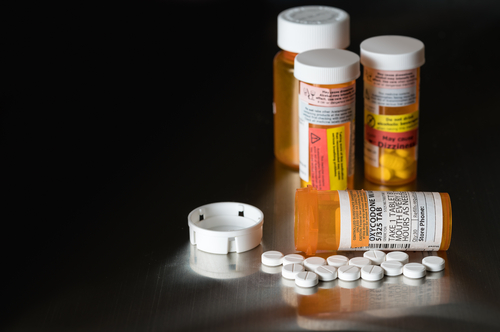
A recent report on Canadian Broadcast Corporation (CBC) highlights the issue of prescription drug “sticker shock” experienced by patients picking up prescriptions. Without knowing in advance what the prescription would cost, or whether or not it would be covered by their insurance, many patients were unprepared for the high cost of their meds when they arrived at their pharmacies to pick them up.
According to one recent survey, “[m]ore than one in five Canadians said they or someone in their household didn’t take their meds as prescribed, if at all, because of the cost.”
We asked physicians, how often do you hear from patients who are upset about how much a medication cost them?
“All the time. Try a patient on gabapentin, the most common drug I prescribe. Some pay $5-10, others are paying $100 for a month’s supply.” – Physical Medicine
“With the Tamiflu, I’ve found that some insurances will charge big bucks for the liquid if the prescriber doesn’t say that you have to use brand name. I had a pharmacist call and say that if they ran it with the insurance and it wasn’t brand necessary, it was over $200, but if I said it was necessary, it was something like $10.” – Internal Medicine
“Aldara with insurance coverage was $360 for a 2-week supply. When all was said and done I still had the skin lesion and had it excised. Nothing can heal like cold hard steel.” – Plastic and Reconstructive Surgery
“I find that inhaled corticosteroids are the drugs that patients most often complain about. I was doing Medicare wellness assessment for a pleasant elderly gentleman who found out that he had the flu. His doctor gave him a prescription for Tamiflu which with his Medicare advantage plan would’ve cost him $75 and he chose not to fill the prescription although he would be a good candidate for it.” – Family Medicine
“Medication costs are out of control and are often prohibitive for patients, especially elderly Medicare patients. I’ve seen pretty much any long-term controller inhaler, including Flovent, going for around $300 for a 1-month supply. These elderly patients can’t afford $300 a month. Don’t even get me started on Mylan and their EpiPen pricing.” – Allergy & Immunology
“One of the reasons I finally retired was that I could no longer practice to the standard I wanted. It seemed that every medication was denied outright or had to step through others first or even if ‘granted’ was too expensive (due to co-insurance rather that co-pay). I would carefully determine a treatment plan with the patient but always had to end it with ‘if your insurance allows this.’” – Gastroenterology
“My wife’s chemo was more than $20,000.00 per dose. That was the price Anthem paid after they ‘negotiated’ with the cancer center.” – General Surgery
“Grew up in a blue-collar family and remember many of my relatives including my grandma and parents, as well as the neighbors, routinely breaking prescribed medication in half or taking it every other day to save money. When I was a medical student, I asked out-patients who weren’t getting better if they were actually taking their medicine and also if they were taking it as prescribed. Guess what? Many were doing the same thing as my family and neighbors were doing.” – Radiology
Are you a doctor? Log into Sermo to join the conversation!














